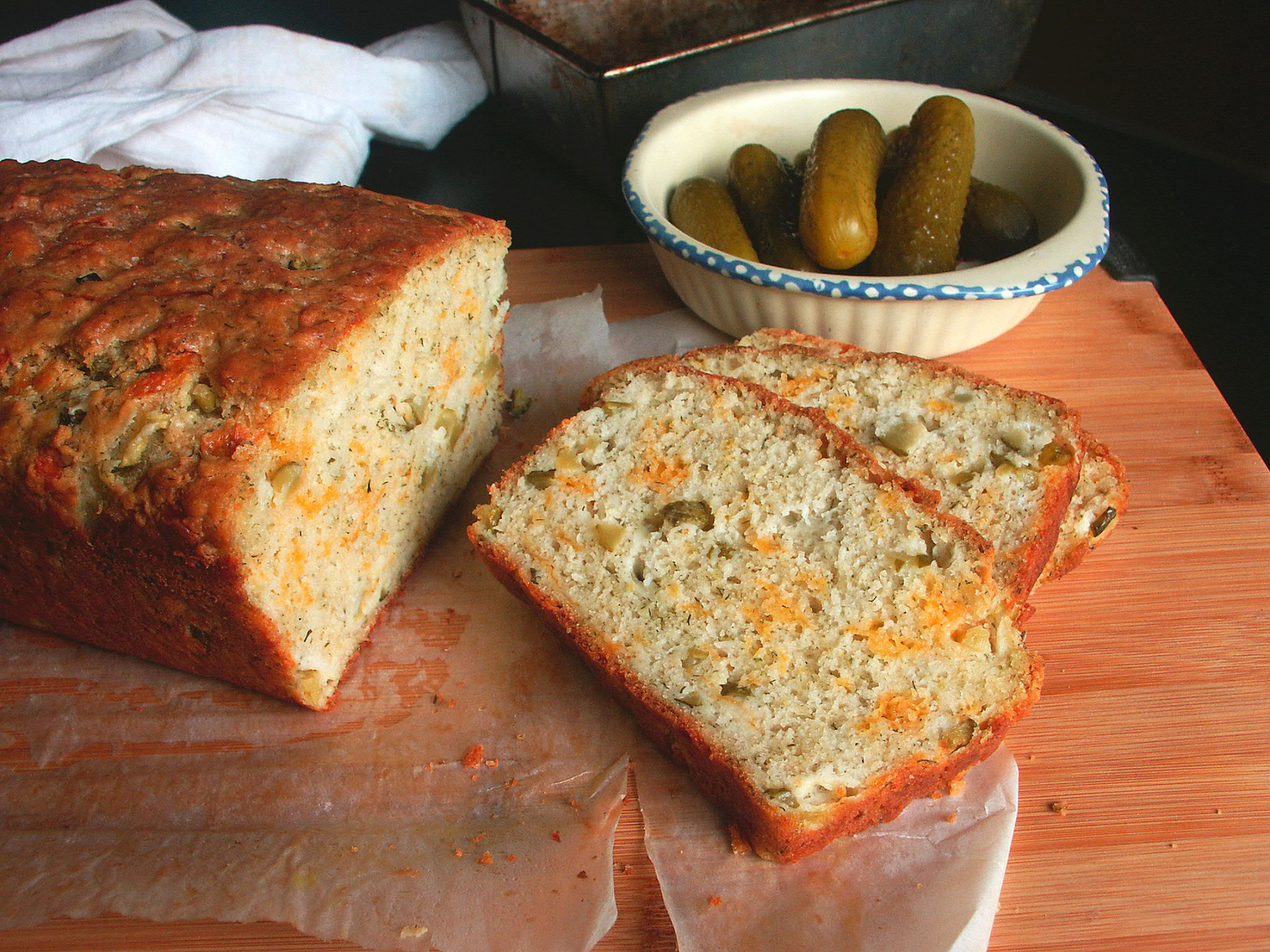A harmonious blend of tradition and innovation
Imagine a world where the crisp, tangy flavor of a dill pickle seamlessly merges with the warm, comforting embrace of freshly baked bread. This is the world of Dill Pickle Dream Loaf, a culinary masterpiece that marries the bold taste of pickles with the timeless appeal of bread.
Ingredients:

Image Source: i0.wp.com
1 cup (2 sticks) unsalted butter, softened
Preparation Process:
Step 1: Preheat and Prepare:
Preheat your oven to 350°F (175°C) and grease and flour a 9×5 inch loaf pan.
Step 2: Cream the Wet Ingredients:
In a large bowl, cream together the softened butter and sugar until light and fluffy. Beat in the eggs one at a time, followed by the vanilla extract.
Step 3: Combine the Dry Ingredients:
In a separate bowl, whisk together the flour, baking powder, baking soda, and salt.
Step 4: Incorporate Wet and Dry Ingredients:
Gradually add the dry ingredients to the wet ingredients, alternating with the buttermilk. Mix until just combined, being careful not to overmix.
Step 5: Add the Pickle Power:
Gently stir in the chopped dill pickles and fresh dill.
Step 6: Bake to Perfection:
Pour the batter into the prepared loaf pan and bake for 50-60 minutes, or until a toothpick inserted into the center comes out clean.
Step 7: Cool and Serve:
Let the bread cool in the pan for 10 minutes before transferring it to a wire rack to cool completely.
Total Time Required: 1 hour 10 minutes
Serving Ideas:
Cultural Influences:
Dill Pickle Dream Loaf is a testament to the power of culinary fusion. It draws inspiration from diverse cultural traditions, weaving together the heartiness of European bread-making techniques with the tangy zest of American pickling. By combining these elements, we create a dish that is both familiar and extraordinary.
The bread’s tender crumb and fragrant aroma evoke the warmth of a home-cooked meal, while the bold flavor of the dill pickles adds a playful twist. It’s a dish that celebrates the beauty of culinary diversity, reminding us that the best flavors often come from unexpected combinations.